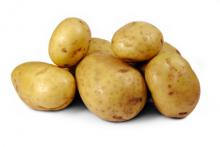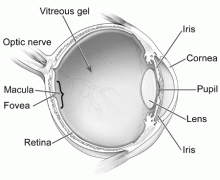Preliminary aquatic risk assessment of imidacloprid after application in an experimental rice plot
Imidacloprid was applied as Confidor® 200 SC at the recommended field dose of 100 g a.i./ha to a Portuguese rice plot. Subsequently, fate of the test compound in water and potential effects of water samples on a battery of test species were determined. As compared to the first-tier predicted environmental concentrations (PECs) calculated using MED-Rice (around 30 µg/L depending on the scenario used) and US-EPA (78 µg/L) simulations, the actual peak concentration measured in the paddy water (52 µg/L) was higher and lower, respectively. As was anticipated based on 50% effect concentrations (EC50 values) for Daphnia magna published in the open literature and that calculated in the present study (48 h-EC50 immobility=84 mg/L), no effects were observed of field water samples on daphnids. The sediment-dwelling ostracod Heterocypris incongruens, however, appeared relatively sensitive towards imidacloprid (6 d-EC50 growth inhibition=0.01–0.015 mg/L) and a slight effect was indeed noted in field samples taken the first week after application. Species sensitivity distributions based on published EC50 and NOEC values also revealed that other species are likely to be affected at the peak and time-weighted average imidacloprid concentrations, respectively. By applying the relative tolerance approach (i.e. by dividing the EC50 value of a certain species with that of Daphnia magna), ostracods appear to contain the most sensitive taxa to imidacloprid, followed by EPT (Ephemeroptera, Plecoptera and Trichoptera) taxa.










